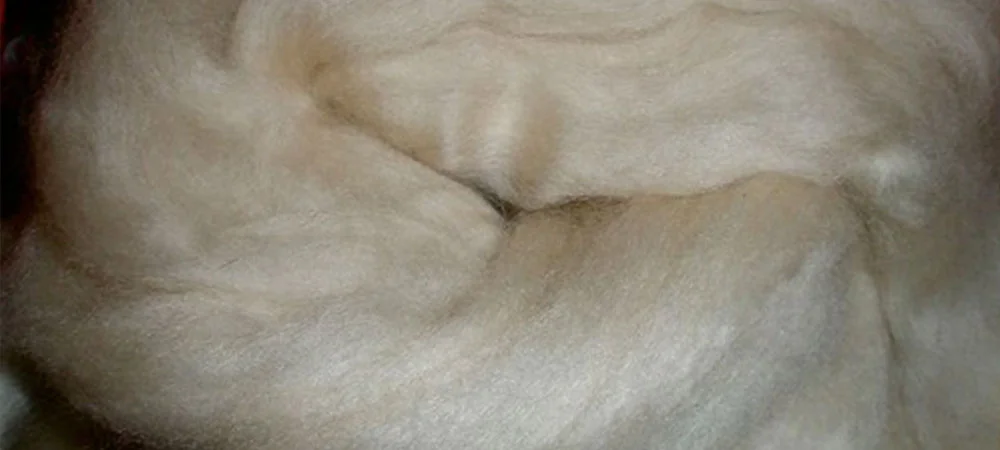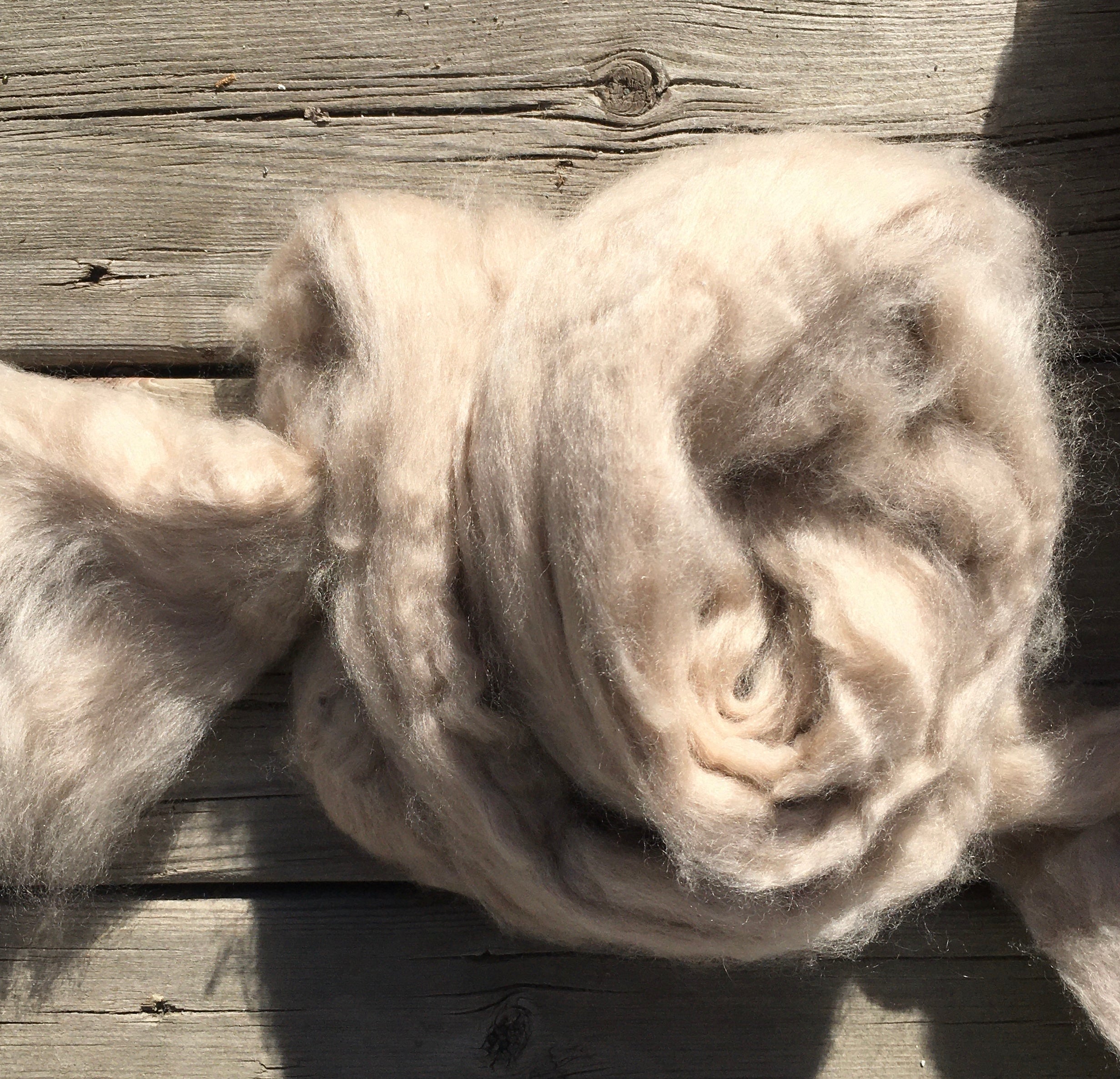The Perks of cashmere fibre: Why It’s the Most Coveted Material
The Perks of cashmere fibre: Why It’s the Most Coveted Material
Blog Article
Exploring the Different Kinds of Cashmere an All-natural Fiber for Ultimate Luxury
Cashmere, a natural fiber, is usually related to deluxe and convenience. Nonetheless, not all cashmere is produced equal. From the highly soft Mongolian selection to the light-weight warmth of Indian Pashmina, each kind provides its very own distinct features and attraction. The more affordable Chinese cashmere, the standard Scottish version, and the premium Italian mix, all inform a different tale of this impressive fiber. As we untangle the world of cashmere, a deeper understanding of its real worth and elegance starts to arise.
Understanding the Extravagant Nature of Cashmere
Cashmere, usually connected with high-end and comfort, holds a distinct attraction in the globe of all-natural fibers. Unlike various other all-natural fibers, cashmere combines insulation with breathability, using unmatched comfort throughout differing temperature levels. Its lustrous finish and soft texture add to its premium charm, warranting the costs price that often comes with cashmere garments.
Simply What Is Cashmere and Where Does It Come From?

Given these remarkable top qualities, one could question the origin and make-up of this glamorous fiber. Cashmere is derived from the soft undercoat of cashmere goats, mainly found in Mongolia, China, Iran, and Afghanistan - is cashmere a natural fiber. These goats are adapted to rough weather conditions, generating a very fine, soft underfur as a defense versus the bitter cold. This underfur, or undercoat, is what is collected for cashmere. Each springtime, when the goats normally lost their winter months layer, farmers comb the great underhair, leaving the coarser hair behind. This meticulous process adds to the shortage and high cost of cashmere. With its origin in the severe landscapes of Asia, cashmere is a testimony to nature's ability to produce luxury from misfortune.
Translating the Different Types of Cashmere
Comprehending the various types of cashmere is vital to valuing the top quality and one-of-a-kind qualities of this glamorous fabric. Generally, cashmere is classified into three kinds: raw, virgin, and recycled. Deciphering these kinds is the first step in understanding the exclusivity and worth of cashmere.

The Special Features of Each Sort Of Cashmere
Having actually explored the different groups of cashmere, it ends up being apparent that each kind boasts its unique collection of features. Mongolian cashmere, for instance, is renowned for its premium top quality, due to Mongolia's severe winters months that generate longer and finer fibers. Conversely, Chinese cashmere is usually more cost effective, though its much shorter fibers can decrease longevity.
Why Cashmere Is the Epitome of Deluxe in Fashion
Cashmere holds a prestigious setting on the planet of style, considered as an icon of high-end and refinement. Its appeal is not just in its gentleness and heat, yet likewise in its rarity and the meticulous procedure involved in its purchase. Cashmere is stemmed from the great undercoat of Himalayan goats, recognized for visite site their exceptional top quality fiber. The deficiency of this fiber, combined with the labor-intensive process of collection, adds to its high rate and exclusive status. Cashmere's unmatched convenience and resilience make it an in-demand product in the production of premium garments. Its natural lightweight and protecting residential or commercial properties contribute to its value, making it the epitome of luxury in style.
The Process of Making Cashmere: From Goat to Garment
The journey of cashmere, from being an undercoat of a Himalayan goat to a glamorous garment, is a detailed one. With the advent try this out of spring, farmers in Mongolia and China gather the woollen by combing the goats, making sure no harm is done. The acquired woollen consists of rugged outer her explanation hair and soft downy undercoat. This mix is then meticulously separated, with just the soft down used for cashmere. This raw cashmere is cleaned, dyed and spun right into thread. The thread is after that woven or weaved right into materials. The last action includes pushing and cleaning to give the fabric its characteristic gentleness and heat. From goat to garment, each action is a testimony to the creativity, persistence and skill associated with crafting cashmere.

Verdict
To conclude, cashmere, with its all-natural sophistication and unparalleled convenience, preponderates on the planet of luxury style. The variety in types, varying from the soft Mongolian, lightweight Indian Pashmina, inexpensive Chinese, conventional Scottish, to the vivid Italian, reveals the versatility of this all-natural fiber. The scrupulous process of transforming it from a goat to a garment better includes to its exclusivity, making cashmere the embodiment of elegance and deluxe.
Cashmere, a natural fiber, is typically connected with luxury and comfort (is cashmere a natural fiber).Cashmere, typically linked with luxury and convenience, holds a special attraction in the world of natural fibers. Unlike various other all-natural fibers, cashmere combines insulation with breathability, supplying unequaled convenience throughout differing temperatures. Cashmere is obtained from the soft undercoat of cashmere goats, primarily found in Mongolia, China, Iran, and Afghanistan. Cashmere is obtained from the great undercoat of Himalayan goats, known for their remarkable quality fiber
Report this page